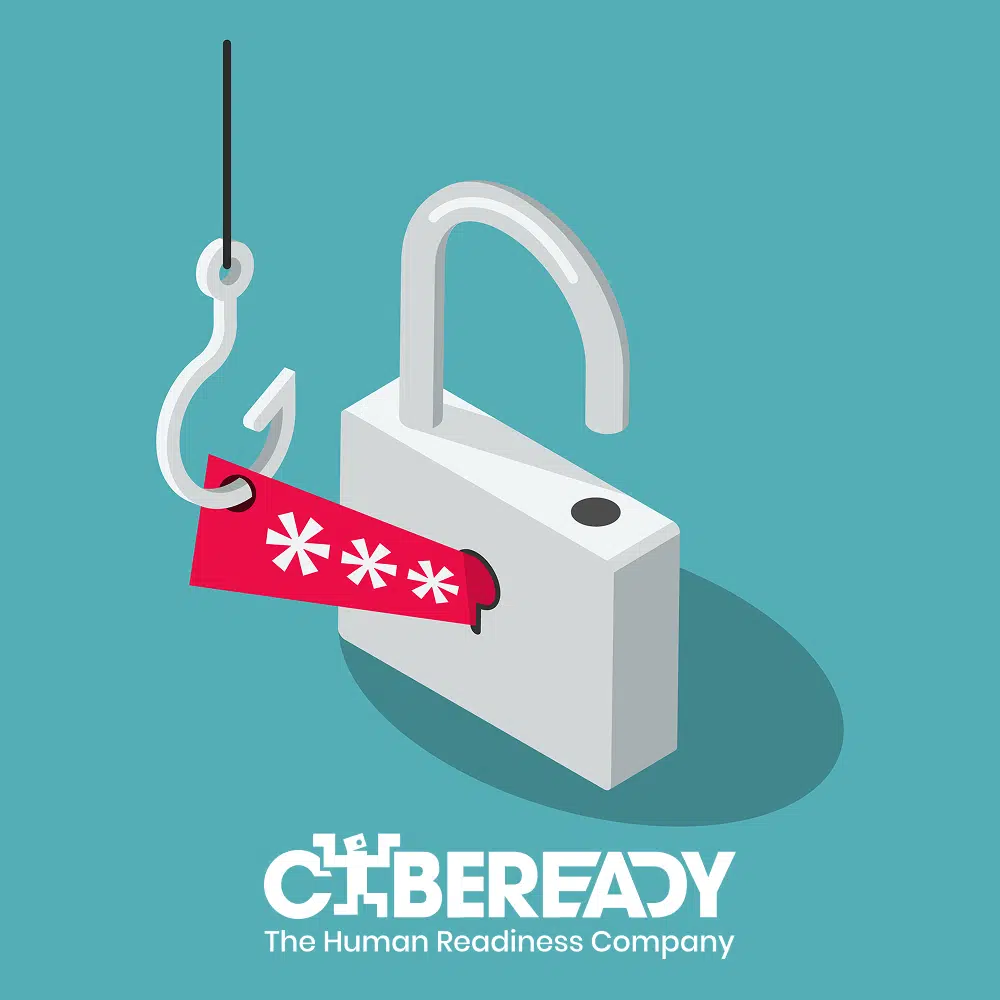Do you know the cost of data protection? Chinese social media management solution provider, Socialark, found the cost of not having data protection was more than they could bear. Earlier this year, the company experienced a massive data breach that exposed 200 million LinkedIn, Facebook, and Instagram accounts. As it turned out, Socialark had not password-protected their database or encrypted their data—a costly misstep for any organization.
At the rate data is created, stored, and used, your organization can’t afford not to have data protection—and data protection training—as part of your overall security strategy. Your employees need to be aware of and prepared to handle phishing and ransomware threats that go straight for your data.
With the right data protection measures and employee training program in place, you can create an impenetrable wall around your sensitive data and data ecosystems. This post sheds light on data protection training, why your employees need it, and eight best practices for data protection training.
What is data protection training

Because data compromises can occur by mistake or by malicious intent, data protection training addresses proper data handling practices to protect against malicious attempts. It also helps employees learn more about data loss, privacy loopholes, and disclosure issues.
While data protection training centers on protocols for ensuring data authenticity, data security training focuses on protocols for managing the systems, networks, and infrastructure that contain the data. By combining protocols and training for data protection and data security, you set your organization up for success in meeting regulatory data protection requirements.
Why employees need data protection training
Data protection grew from big data, the potential for data breaches, and the need for regulatory compliance to safeguard data from data breaches. By providing employees with effective data protection training, they gain a better understanding of the following concepts:
- Privacy rules for personal identifiable information (PII)
- Secure data processing
- Safe data handling
- Third-party data handling
- Data protection laws
- Compliance regulations
With knowledge of the protocols, laws, and regulations around your organization’s data, your employees become more aware of how critical it is to protect it. And, when you add cybersecurity awareness training, employees are more equipped to handle potential internal and external risks and threats that can lead to a cyberattack and data breach.
8 best practices for data protection training
Implementing a data protection training program takes a well-planned and coordinated approach that fosters cross-departmental collaboration and promotes employee productivity. Follow these eight best practices when implementing data protection training.
1. Address government and industry compliance requirements
As consumer privacy became increasingly threatened by data breaches as the result of poor data handling and security practices, governments pushed for tight regulations to protect their people. These regulations have resulted in creating well-known standards, including:
- General Data Protection Regulation (GDPR)
- Health Insurance Portability and Accountability Act (HIPAA)
- Payment Card Industry Data Security Standard (PCI DSS)
Each regulatory organization has its own criteria that companies must follow to avoid facing fines and penalties, especially when a data breach occurs. To ensure your company complies with the industry standards that relate to your business, include training on the regulations your business must follow and the audits it must pass.
2. Review your data center security strategy

- Physical access to the data center
- Data handling practices
- Documenting, monitoring, and reviewing data assets
- Network security
- Hardware and software updates and patches
- Backup and restore procedures
Document all policies so employees can refer to them and know what’s expected in maintaining the security of your data center.
3. Go over safety protocols for personal data
With employees using multiple SaaS applications daily, they tend to choose a single, easy-to-remember, yet hackable password. The problem with that approach is the risk to your company’s security.
Protecting personal data requires strict safety protocols and proactive awareness. Without proper protocols in place, hackers can gain access to your systems, networks, and sensitive organization and employee data by using brute-force attacks and social engineering campaigns.
Therefore, include your organization’s protocols for protecting personal data, including:
- Requirements for setting and changing passwords
- Credential sharing
- Single sign-on (SSO)
- Use of multi-factor authentication (MFA) or passwordless login
- Security codes
By including these protocols in your data protection training program, your employees understand the required practices to ensure data privacy and protection of their own data, your company’s data, and your customers’ data.
4. Explain supply chain policies
Supply chain cyberattacks have been around for decades but have skyrocketed in the past 10 years. In late 2020, one of the most notable incidents—the SolarWinds supply chain attack—occurred, in which a third-party vulnerability enabled hackers to infiltrate Fortune 500 organizations and US government bodies.
To prevent a data breach that comes from your supply chain, include supply chain policies as part of your data protection training. The topics you might cover include:
- Policies for using only verifiable and reputable suppliers
- Supply chain risk management practices
- Cybersecurity awareness training
- Risk-level assessments for third-party suppliers
- End-to-end software supply chain security
By helping employees understand what they need to know and do when working with the supply chain, they’ll be better prepared to face an attack in an intelligent, strategic, and secure way.
5. Discuss cybersecurity risk assessment
Most data protection and privacy regulations require businesses to conduct cybersecurity risk assessments regularly. These assessments help identify corporate assets that can be affected by a security breach and how well your access controls can protect them.
As part of your training program, make sure employees understand the importance of cybersecurity risk assessments. Explain the findings of the reports to help them understand where your organization has vulnerabilities and how they can be more effective in protecting them.
6. Detail breach reporting protocols
All data privacy regulations today require data processors to report the breach as soon as possible and notify all victims about the status of their personal information. For example, GDPR requires organizations to respond to data breaches within 72 hours and notify the relevant supervisory authority with all related documentation. The same applies to HIPAA, which emphasizes notifying victims directly. Depending on the regulations that apply to your organization, make sure employees know the procedures to follow when a breach occurs.
Also, make sure employees know the internal protocols they must follow after a data breach. For example, you might have all employees change their passwords. The protocols may vary by role, team, and department, so make sure everyone knows what to do and who to contact for questions. You might designate your data protection officer to establish these protocols and update them regularly.
7. Deliver phishing simulation training in the workflow

The hands-on training that phishing simulations provide has proven their effectiveness in how employees learn about and react to phishing threats. Real-life phishing simulations can be deployed automatically right in your employees’ workflow. When combined with real-time engagement statistics and insights, Chief Information Security Officers (CISOs) and security teams can determine the right course of action for employees to take next.
8. Provide security awareness training for all employees
Each year, cybercriminals use more sophisticated techniques than the year before. To keep up with their ever-changing, mischievous ways, keep your data protection training on top of hacking threats and trends so employees can be aware of them and respond confidently to prevent them.
Provide security awareness training at regular intervals by using bite-sized, customizable content. The content should be customizable to adapt to employees by job role, team, department, or geographic location. As with phishing simulations, use data to gauge the success of your training program so you know which employees need more or specialized training and which ones can advance to the next topic.
Start your data protection training
Data protection training is more than just brushing over a list of dos and don’ts about data privacy. It’s about making sure you cover every aspect of data protection as necessary for your organization and each employee. Make sure your data protection training program starts with the eight best practices outlined in this post. Pair it with a phishing simulation and cybersecurity awareness training platform backed by machine learning and powered by data insights. Start your data protection training program on the right foot with this 90-minute self-guided tour.







